
Gast: Raphael Hirschi
From November 7 to 8, 2017, Dr. Raphael Hirschi from Keele University (UK) visited the PSO group to discuss current topics in stellar evolution …
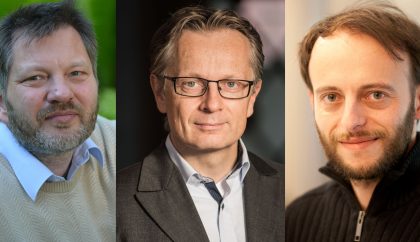
Wieder drei „Highly Cited Researchers“ am HITS
Auch in diesem Jahr zählen drei HITS-Wissenschaftler zu den am häufigsten zitierten Wissenschaftlern weltweit. Im „Highly Cited Researchers“-Ranking …
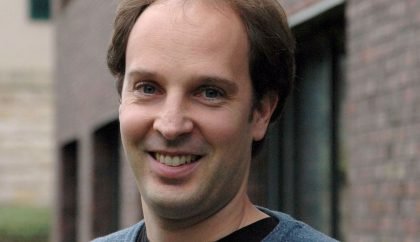
Dem Ursprung des Goldes auf der Spur
Der Europäische Forschungsrat fördert den HITS-Astrophysiker Andreas Bauswein mit einem „ERC Starting Grant“ in Höhe von rund 1,5 Millionen …

Jülich Supercomputing Centre grants 28 million CPU hours for simulations of thermonuclear supernovae
Together with colleagues from the Max Planck Institute for Astrophysics in Garching, PSO scientists were awarded 28 million CPU hours on …

Membranen: Das Dosentelefon der Zelle?
Für Zellen ist ein schneller Informationsaustausch lebensnotwendig. Mittels Computersimulationen fanden Wissenschaftler nun heraus, dass sich Informationen in Form von Kraftimpulsen, …
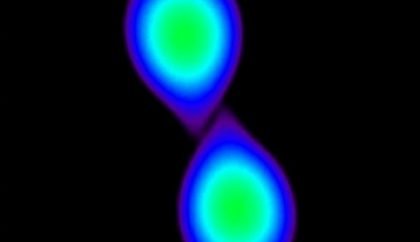
First detection of gravitational waves and electromagnetic emission from a neutron star merger
Astrophysicists all over the world are excited by the first detection of gravitational waves and electromagnetic emission from a single cosmic …
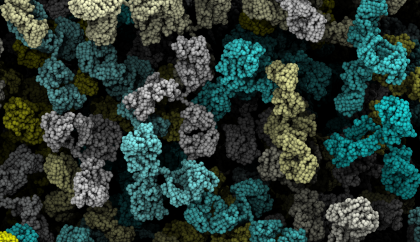
Announcing Fourth Biological Diffusion and Brownian Dynamics Brainstorm Meeting (BDBDB 4)
Biological Diffusion and Brownian Dynamics Brainstorm 4 (BDBDB4) will, like the previous meetings (the last was BDBDB3), provide a forum for intensive …

Wissenschaftliche Vorhersagen: Modelle und Daten statt Kristallkugeln
„Summer School“ in Heidelberg im Rahmen des „ScienceFore“ Projekts unter Leitung von Tilmann Gneiting (HITS) zu Methoden probabilistischer Prognosen. Das Projekt …
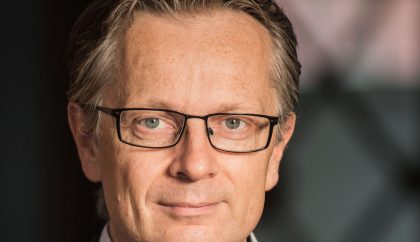
HITS-Astrophysiker Volker Springel zum Max-Planck-Direktor berufen
Volker Springel, Leiter der Gruppe Theoretische Astrophysik am HITS und Professor für Astrophysik an der Universität Heidelberg, wurde von …
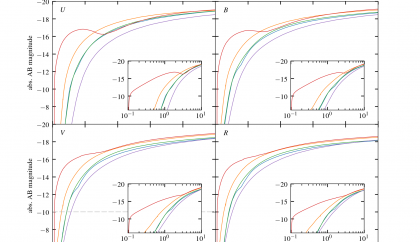
Early light curves for Type Ia supernova explosion models
Upcoming high-cadence transient survey programmes will produce a wealth of observational data for Type Ia supernovae. These data sets will contain …